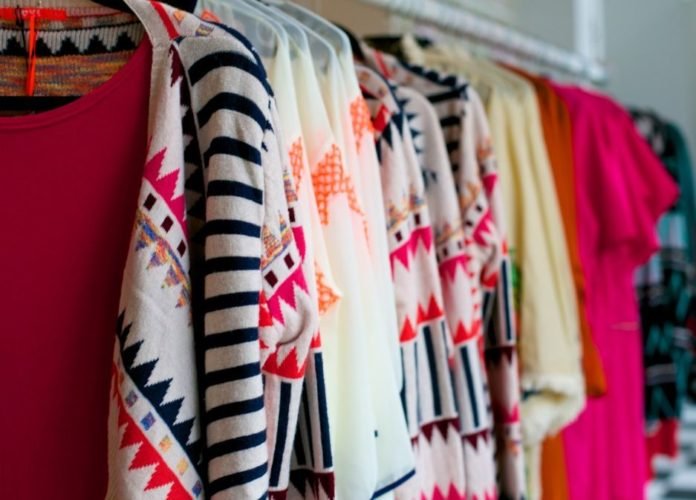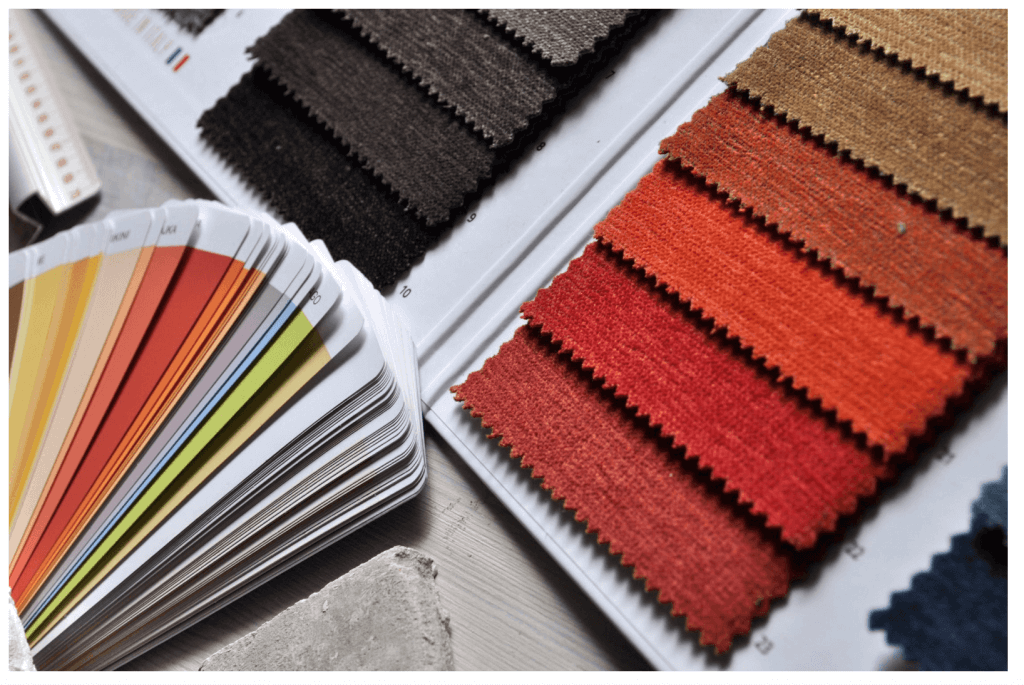Clothing Manufacturing Process : 14 Steps of Garment Manufacturing Process in 2024
Every newcomer in the fashion industry must have to know about the clothing manufacturing process. Most importantly, if you are starting your own clothing line, you should learn details regarding the clothing manufacturing process. Often individuals get perplexed by the garment production process. So, before you start learning about product creation and garment manufacturing, it’s a good idea to get a broad overview of all the phases involved in the clothing manufacturing process. Now, let’s have a look- 1. Inspiration Shopping The Vintage Show is a great place to start if you’re seeking for design ideas. The Vintage Show has an incredible Instagram feed and hosts vintage apparel trade shows all over the world. Find a vintage garment that hasn’t been sold in stores for at least 20 years and make no adjustments. 2. Garment Design If the garments find that inspires you, we’d recommend purchasing them if they’re not too expensive. Instead, look for something similar but less expensive on eBay, Postmark or other apparel outlets. Hiring a graphic artist to draw out the Franken outfits would be a good option. 3. Print + Color Design After that, there is print and color design to consider. Is your collection going to be all sold colors, or will you use a variety of prints? Will you combine the two and do a little of each? Simply googling is one of the simplest and cheapest ways to predict color and print trends. 4. Source and order fabric + trim Fabrics should be chosen to complement the garment’s design. A Fabric Data Sheet contains all of the necessary fabric information for a factory to produce your garment. Make sure you acquire an FDS once you’ve chosen your fabric. You can start looking for fabrics and trim after you know how your garment will look. Some important factors to consider – CONTENT OF FIBER The percentage of different fiber types in the cloth TYPE OF FABRIC WEAVE OR KNIT Plain weave or 3×1 twill for woven fabrics, and jersey for knit fabrics are examples. SIZE OF THE YARN The yarns’ diameters DENSITY OF FABRIC Yarns per inch (YPI) or stitches per inch (SPI) for wovens and knits, respectively. MINIMUM ORDER QUANTITY SAMPLE (MOQ) In a sample order, what is the smallest amount of cloth you can order? VALIDITY DATE AND SAMPLING PRICE What is the cost, and for how long is it valid? As the market changes, so do prices. AN EXAMPLE OF LEAD TIME How long does it take to acquire a fabric sample? BULK ORDER MINIMUM QUANTITY (MOQ) For the bulk price, how much fabric do you need to order? VALIDITY DATE AND BULK PRICE When you place a bulk purchase, how long will it take to produce and transport your fabric? SPECIAL TREATMENTS OR FINISHES Washing, waterproofing, softening, and other services are available. 5. Tech Pack A tech pack is essentially your garment’s blueprint. It instructs the factory on everything from the sort of cloth to use and the color to use, all the way down to the sewing machine thread. It details where to obtain labels and hang tags, as well as how to pack and ship the item. 6. Preliminary Costing Don’t be afraid to be open and honest with your supplier about pricing. Many new brands believe they will just develop and then begin negotiations when it comes to the time to produce. 7. Pattern Development The first step is to create a pattern that will be used to cut the fabric. Some firms choose to collaborate with a local sample maker who can create designs and samples close to their location. Beautiful Connection Group is a clothing manufacturing company who can make any kind of customised clothing item. 8. Development Sampling It’s now time to make the sample. The sampling procedure is divided into five steps. Lab dips and strike offs are used to approve the colors and prints before sample fabric is made. Always make sure to get a swatch, and approve it. If you don’t like the way your color or print looks, this is your moment to speak up. A fit sample is an opportunity to check the pattern, and how a garment is going to ultimately look and fit. You can even take the sample and throw it on a fit model to see how it looks on a person. A proto sample is also known as a production-quality sample. It is a sample that is made with your fabric, printed or dyed with your approved print or colors, and it is made using your approved fit sample. You will need it to make sure that it matches your production samples and production can run. An SMS is a SalesMan Sample. Some brands need from 10-20 sets of SMS samples. If you do not have a sales team there is no reason to make SMS. You can use your 1 set of proto samples for everything. It’s free and easy to give away. If a factory comes back to you with a much higher cost after sampling, run the other way. If a supplier increases the prices, it’s time to break up – but if they don’t increase their prices, that’s ok. 9. Pre-Production Process It’s time to go on to the production once you have your prototype sample and final costing ready. A lot of brands use this before manufacturing to take orders from retailers and specially if they are doing wholesale business. Alternatively, if they are selling directly to consumers, they may offer pre-sale opportunities. 10. Grade Patterns Your samples have only been made in the sample size up till now. The majority of brands provide a small or medium sample size. If you’re targeting plus-size customers, then, you might have to make your sample size the one that is the most selling. You’ll need to grade your pattern once you go through into the production process. That is to say, the design will rise and decrease in size
Clothing Manufacturing Process : 14 Steps of Garment Manufacturing Process in 2024 Read More »






